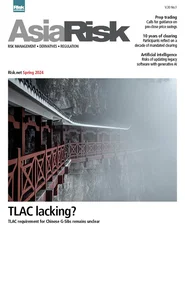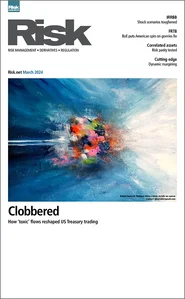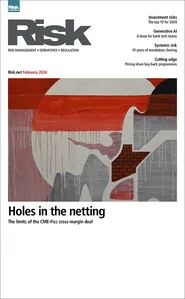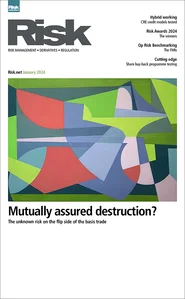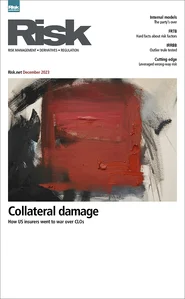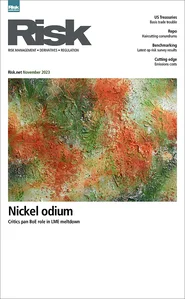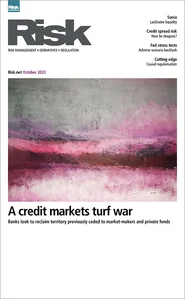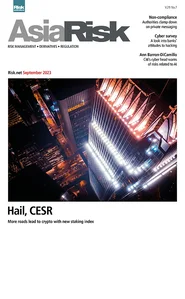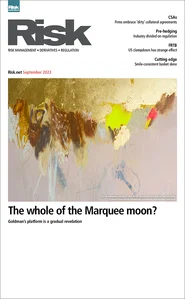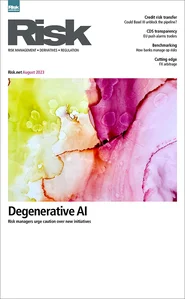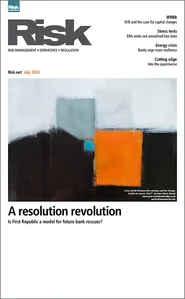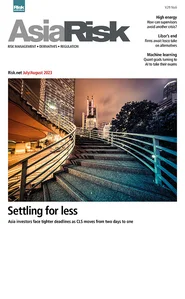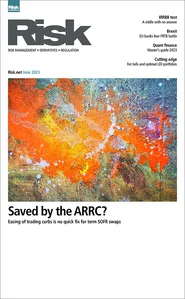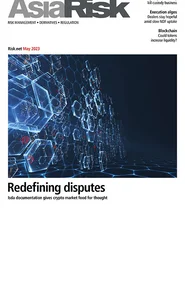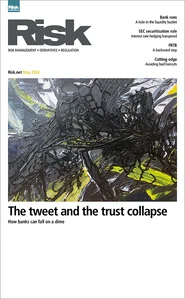Asia Risk - VOLUME 15/ISSUE 1
Articles in this issue
Lighting up dark pools
The Singapore Exchange’s planned launch of Asia’s first exchange-backed dark pool may indicate the region’s dominant exchanges are ready to take on brokers providing internal crossing systems for anonymous block trades. At the same time, it offers dark…
Fair-value freeze in Japan
Corporates and financial institutions have long awaited the introduction of the internationally accepted fair-value option to hedge accounting in Japan. They believe a fair-value option would allow more institutions to hedge their risks, particularly in…
Riding out the rise
Stakeholders in the Asian recovery have a nervous eye on the region’s central banks for signs as to when interest rates will rise this year – something that could weigh on equity returns and devalue the portfolios of bondholders. Changes in rates…
Profiting from CDOs
Investors that snapped up cash bonds and other simple credit assets at the start of last year have made large profits as the credit market rallied strongly in 2009. While many of the obvious credit opportunities have disappeared, some market participants…
A reversal of power
Investor demand for power reverse dual currency structures has fallen off a cliff as these once high coupon-paying instruments have morphed into zero coupon bonds with lock-in periods of up to 30 years. Issuers have also incurred significant costs. Is…
Scuppered by sukuk
Dubai World was bailed out by Abu Dhabi in December, but the near default of sukuk issued by Dubai property company Nakheel could have much broader implications for the development of Islamic finance. By John Ferry
Where there’s a will…
Living wills have quickly emerged as a new measure to ensure banks are better prepared for the next crisis. But clear definitions of exactly what information they should contain and how they should be drawn up do not exist. Joel Clark reports
Summing up VAR
There are a number of approaches to building the IT systems architecture required for historical simulation value-at-risk implementations. What are the pros and cons associated with these architectures? And why does the risk-aggregator approach overcome…
West failed to learn lessons from Asian Financial Crisis
‘Hard fought’ battles expected ahead over scale and scope of new financial regulation
Thailand relaxes hedging rules
Hedging and international investment rules eased to encourage international involvement
Credit concerns grow as Chinese companies shun new documentation
Credit concerns grow as Chinese companies shun new documentation















